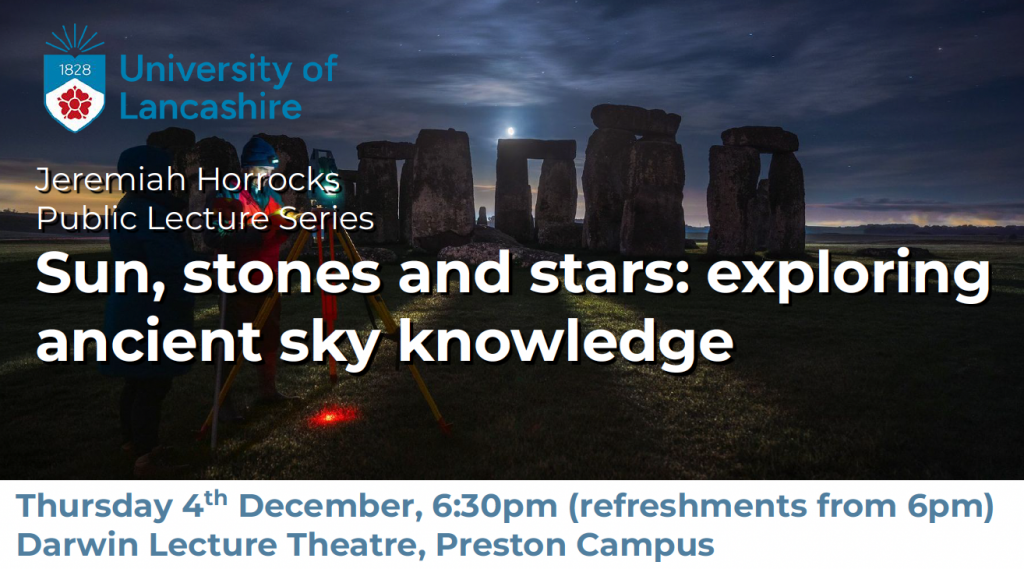
Abstract
In the 1960s Stonehenge and many other British prehistoric monuments were interpreted as “ancient observatories” — ideas that generated a huge wave of popular interest but also proved highly controversial among academics, pitting astronomers against archaeologists as they reached fundamentally different conclusions on the basis of the same evidence. More than half a century later, archaeoastronomy — the study of beliefs and practices concerning the sky in the past — is pursued by academics around the world, although for many it still remains controversial. In this talk I’ll trace the history of development of this intriguing but often turbulent field, focusing on prehistoric Britain and Ireland but also drawing upon examples from around the world (including my own fieldwork in Hawai‘i and Peru). I’ll also mention how archaeoastronomy relates to World Heritage and to dark sky places.
Biography
As Emeritus Professor of Archaeoastronomy at the University of Leicester, Clive Ruggles has spent a lifetime investigating ancient people’s knowledge of the sky and the uses they make of what they perceive there. A lot of this involves studying the astronomical orientation of monuments such as prehistoric temples and tombs in Britain, Ireland and Europe — Stonehenge’s alignment upon June solstice sunrise being a well-known example. But Clive has also worked extensively on Hawaiian and Pacific star knowledge and in Peru, where in 2005 he co-discovered the 2200-year-old monumental solar observatory at Chankillo, which became a UNESCO World Heritage Site in 2021. In 2017 he was awarded the Royal Astronomical Society’s Agnes Mary Clerke Medal for a “lifetime of distinguished work in the overlapping areas of archaeology, astronomy and the history of science”.

